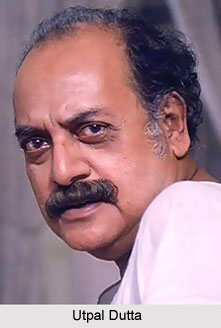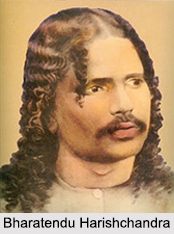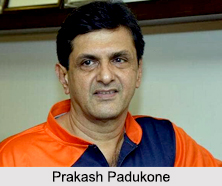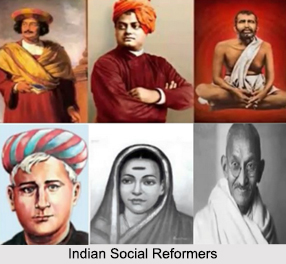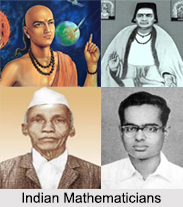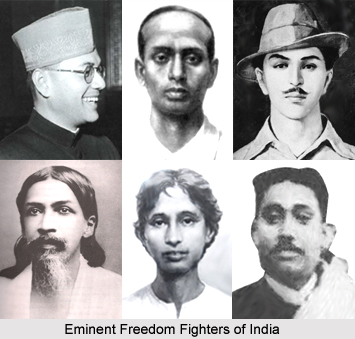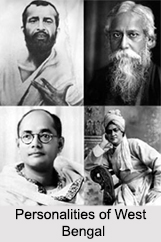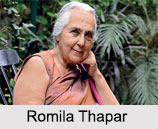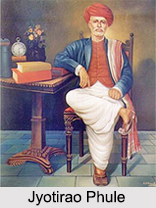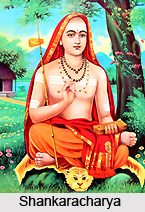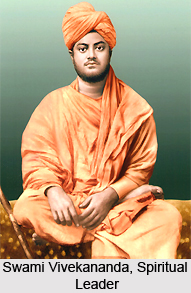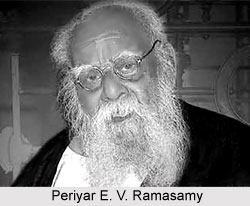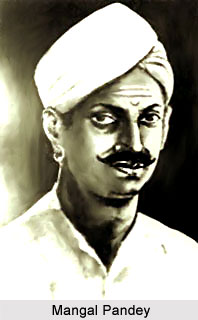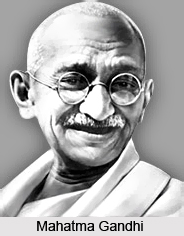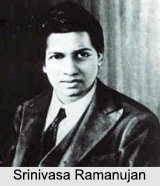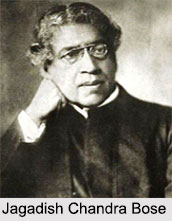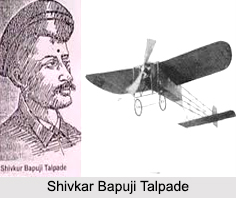 Shivkar Bapuji Talpade was an Indian Vedic scholar who lived in Mumbai. His contribution in Indian science is immense. He was popular in constructing an unmanned airplane in 1895. He was a scholar of Sanskrit literature and the Vedas and his works are notable in the colonial India. It was 8 years after his creation that the Wright Brother invented first aeroplane in the world.
Shivkar Bapuji Talpade was an Indian Vedic scholar who lived in Mumbai. His contribution in Indian science is immense. He was popular in constructing an unmanned airplane in 1895. He was a scholar of Sanskrit literature and the Vedas and his works are notable in the colonial India. It was 8 years after his creation that the Wright Brother invented first aeroplane in the world.
Early Life of Shivkar Bapuji Talpade
Shivkar Bapuji Talpade was born in the year 1864 in the city of Mumbai in the Indian state of Maharashtra. He belonged to the Pathare Prabhu community who were the early settlers of erstwhile Bombay. Shivkar Bapuji Talpade lived at Dukkar Wadi, Chira Bazaar, near Mumbai and completed his school education in Sir Jamsetjee Jeejebhoy School of Art. During his time, Shivkar Bapuji Talpade came to know about ancient Indian aeronautics through his teacher Chiranjilal Verma, who led Shivkar Bapuji Talpade to read Swami Dayanand Saraswati`s works related to ancient aeronautics, such as "Rigvedic Bhashya Bhumika" and "Rig Veda and Yajur Veda Bhashya". Inspired by these texts he decided to construct the Vedic Vimana described in the Vedas, and started learning Vedic Sanskrit language.
Career of Shivkar Bapuji Talpade
Inspired by the social and scientific works of Dayananda Sarawasti, Shivkar Bapuji Talpade started his career by learning the Vedic Scriptures. He studied the Vimana Shashtra by Maharishi Bhardwaj, which had eight chapters containing 3000 shlokas and mentioned all the methods to construct an aeroplane.
Marutsakha by Shivkar Bapuji Talpade
The airplane which Shivkar Bapuji Talpade designed was named as Marutsakha. The name "Marutsakha" was derived from the Sanskrit word "Marut" which means `air` or `stream` and sakha which means friend, when put together it means `Friend of wind`. Marutsakha is supposed to have been inspired from Vimana, meaning "flying vehicle" in Sanskrit language. Vimanas have a very ancient existence in Hindu mythology.
The technical basis of the Vedic Ion Design which was supposedly used by Shivkar Bapuji Talpade has been debunked by research into the technological feasibility of such flights. This issue was also raised by Steven J. Rosen in his book `The Jedi in the Lotus: Star Wars and the Hindu Tradition`. After the experiment, Marutsakha apparently was stored at the house of Shivkar Bapuji Talpade until well after his death. A model reconstruction of Marutsakha was exhibited at an exhibition on aviation at Vile Parle, and Hindustan Aeronautics Limited has preserved documents relating to the experiment.
Shivkar"s life has now been turned into a hit Bollywood movie, Hawaizaada (2015) starring Ayushmann Khurrana.

